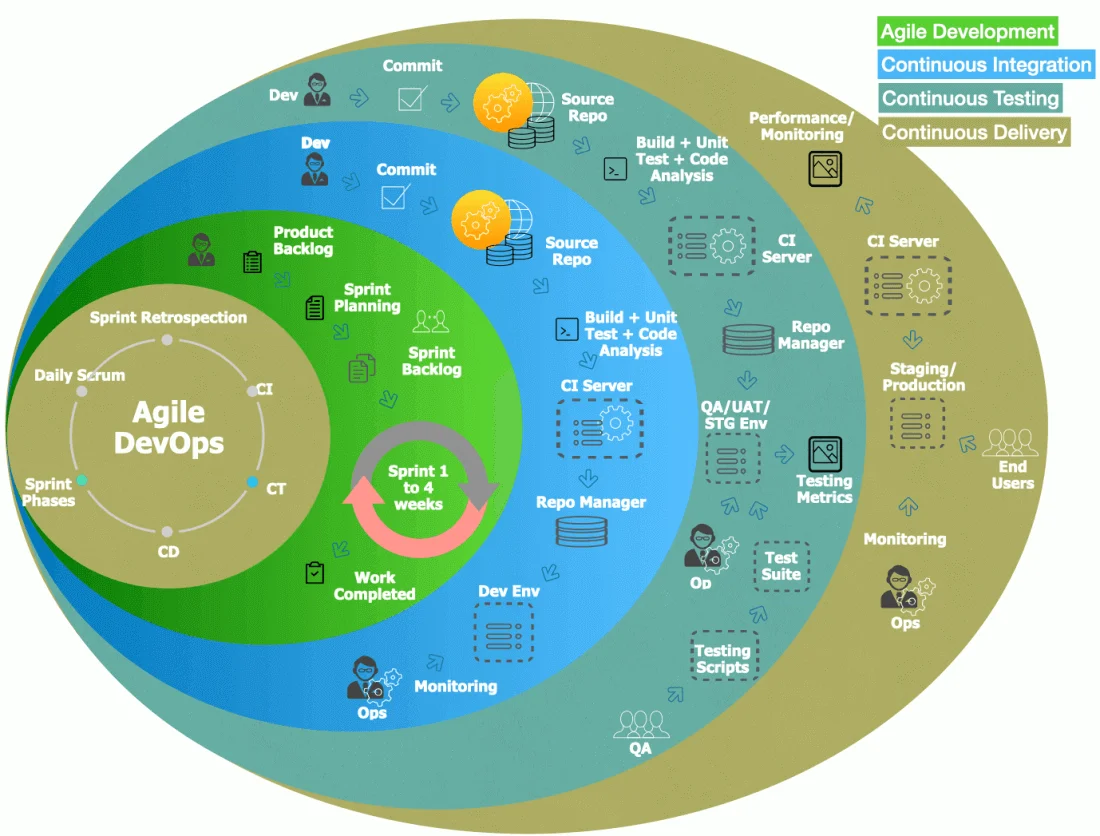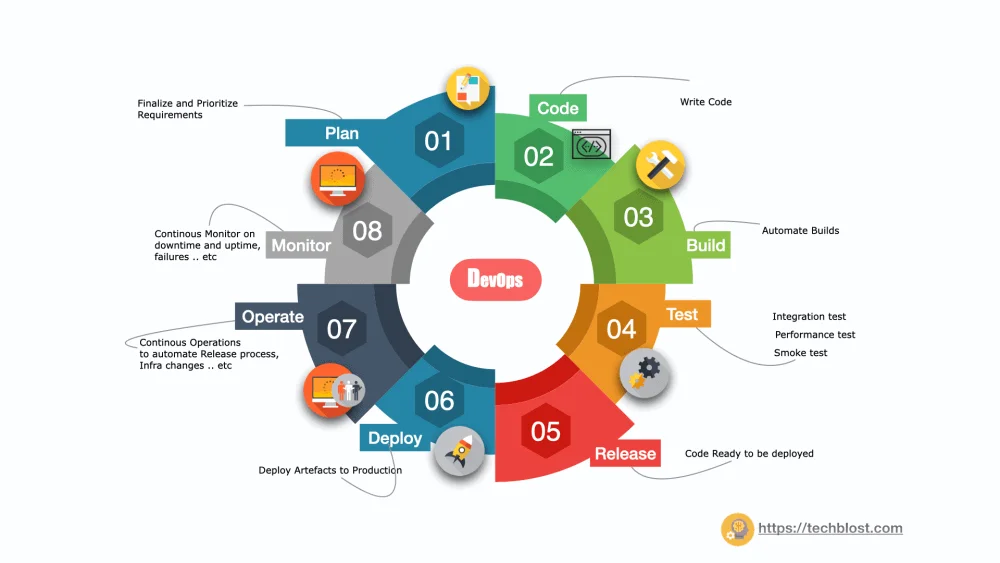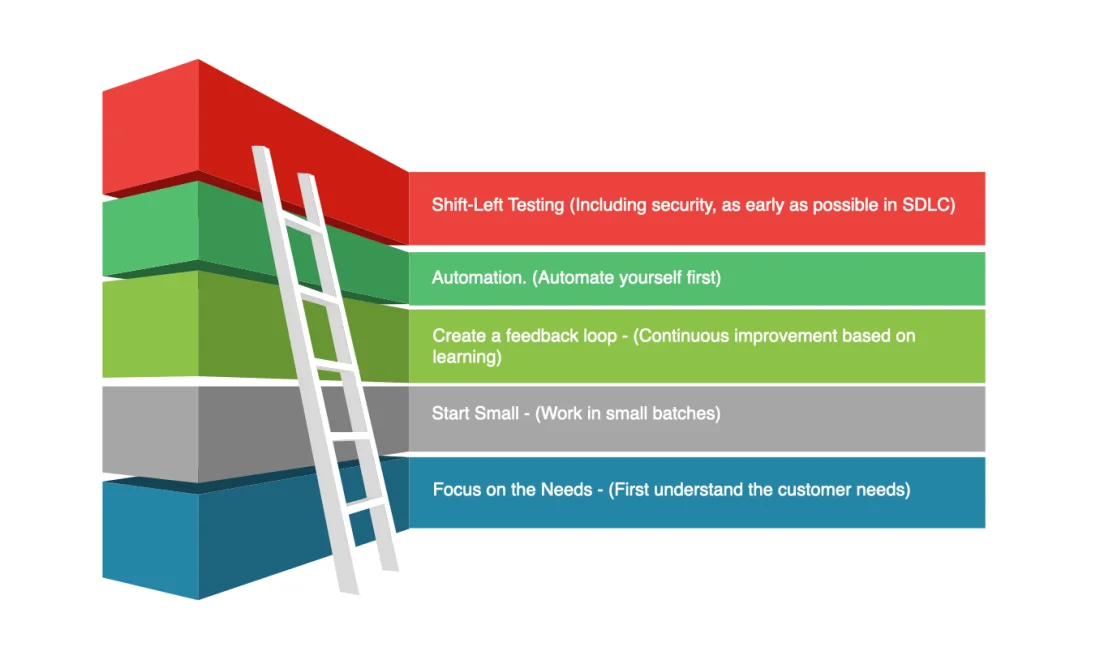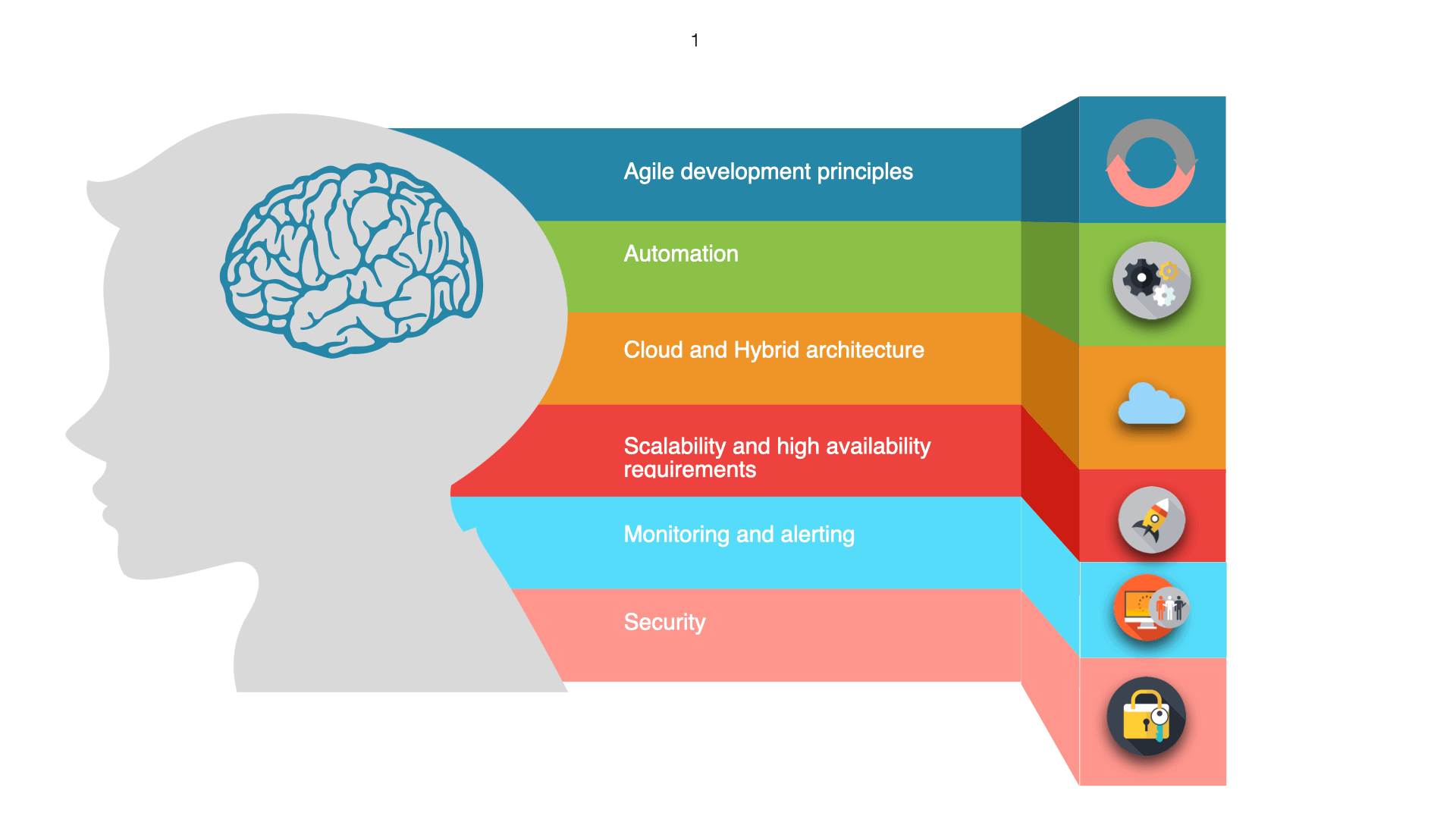
Without Agile, we cannot end the talk of DevOps. Even though they are not similar but they are related to each other and describe completely different aspects of the software development Life cycle. In this article, you can find the key difference between Agile vs DevOps vs CICD vs SRE and DevOps key takeaways.
Refer the previous post for Part 4 - DevOps Tools List
Waterfall
based on the sequential-linear approach of software development. In this model, Say once an application has completed the development phase and moved to the testing phase, it is very complicated to go back and change something that was not considered or planned in the concept phase. Minor changes will lead to lot of chaos and result in bugs/errors in the delivered software.
Agile
focuses on the process of managing the workflow in software development and follows the iterative approach to software delivery which mainly targets continuous feedback ( Continous feedback loop between the requirement stage and the development stage), speed of delivery and shortens release cycles throughout the sprint.
CICD
is part of DevOps and majorly focus on automation to remove the human elements that ultimately create bottlenecks in releasing and improving the software. In Short, CI will integrate changes to the main codebase very frequently and CD refers to delivering changes to users frequently. More info
DevOps
is an operational philosophy promotes collaboration between Development and Operations Team to deploy code to production faster and removing systematic barriers between dev and operations teams? More info
SRE
An SRE is more focused on the performance and reliability of your application. In the past, Google evolved a new breed of system engineers called “Site Reliability Engineers”. So what exactly is SRE and how does it relate to DevOps? Explore more on the following link
Key Takeaways
- My previous projects in my past adopted waterfall model, which resulted in developers worked for months and years to get the first release and it is not flexible for changes during the whole process.
- Agile is a framework where it refers to an iterative approach which focuses on software delivery whereas DevOps is considered to build a common culture/practice between development and operations teams.
- Agile model is a lean software development practice whereas DevOps is about software deployment and management.
- Agile and DevOps practices are more successful when they are used in parallel, and they both need to form part of every organization’s connective tissue. It should scale together and accelerate speed to market and build more amazing customer experiences.
- This means that DevOps is not just about being agile or lean. It is more than that. DevOps includes agile and lean principles, systems thinking that help organizations to drive people and much more stuff.
- DevOps and SRE will work hand-in-hand designed to break down organizational barriers to deliver better software faster.
Here are my two cents on DevOps Implementation
- Always encourage MVP (Minimal viable product) initiatives to get something out even if its capability is small. The intention is to fail-fast move forward.
- Adapt to the needs of your implementation to address specific pain points in your cloud-native tour.
- Always have a centralized dashboard to track actual progress based on business impact.
- Set Up a DevOps community internal to the organization to help understand what other teams are working and cross-pollination of best outcomes and toolsets.
- DevOps is not a one-size-fits-all approach.
Conclusion
I have been working closely with the DevOps team for quite long and found every day we learn something new. The more we explore we see a lot can be accomplished in an indefinite number of different ways.
Keep Exploring 🙂 Good day.




